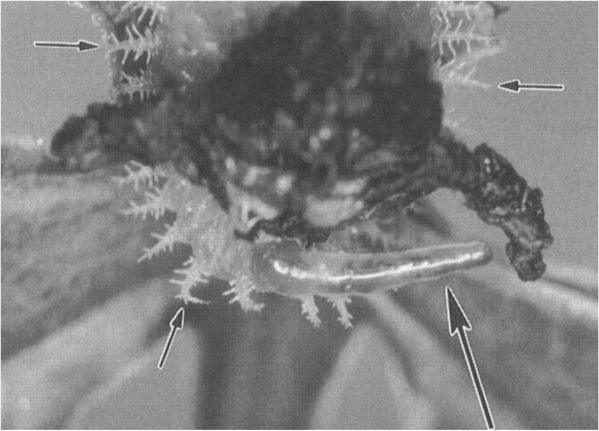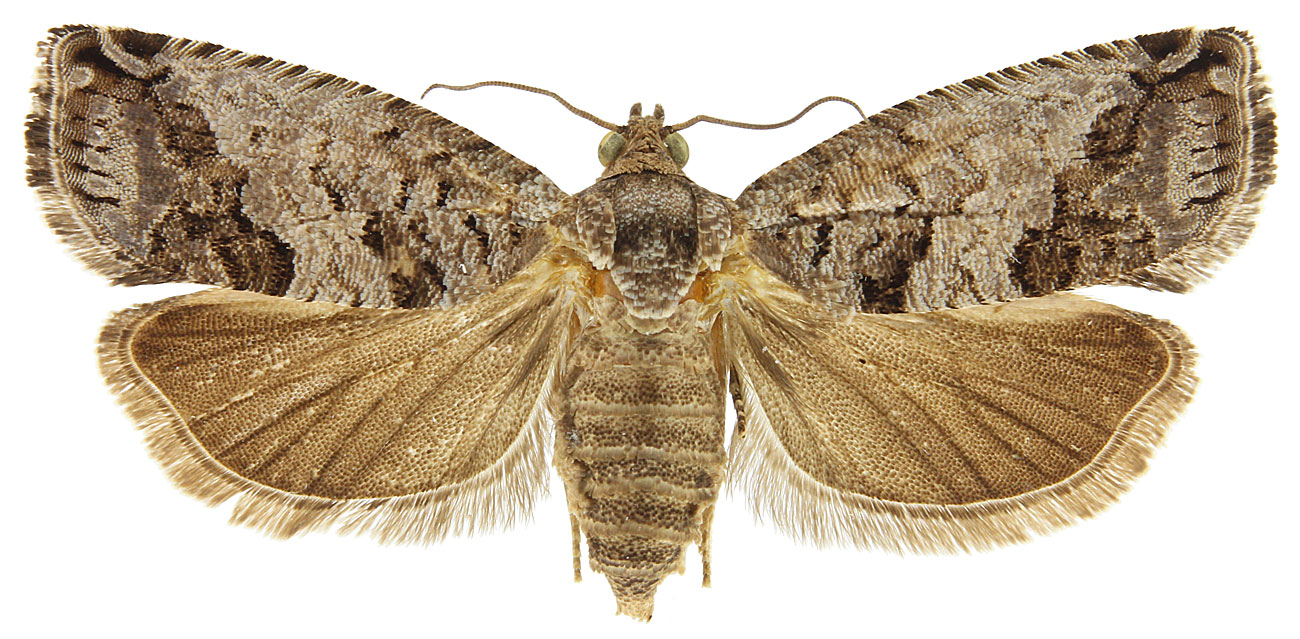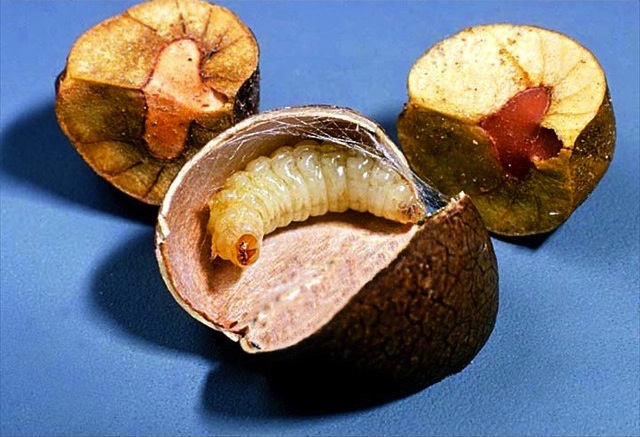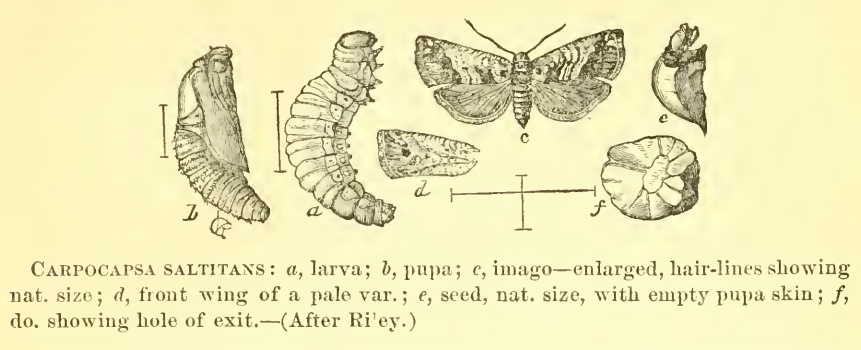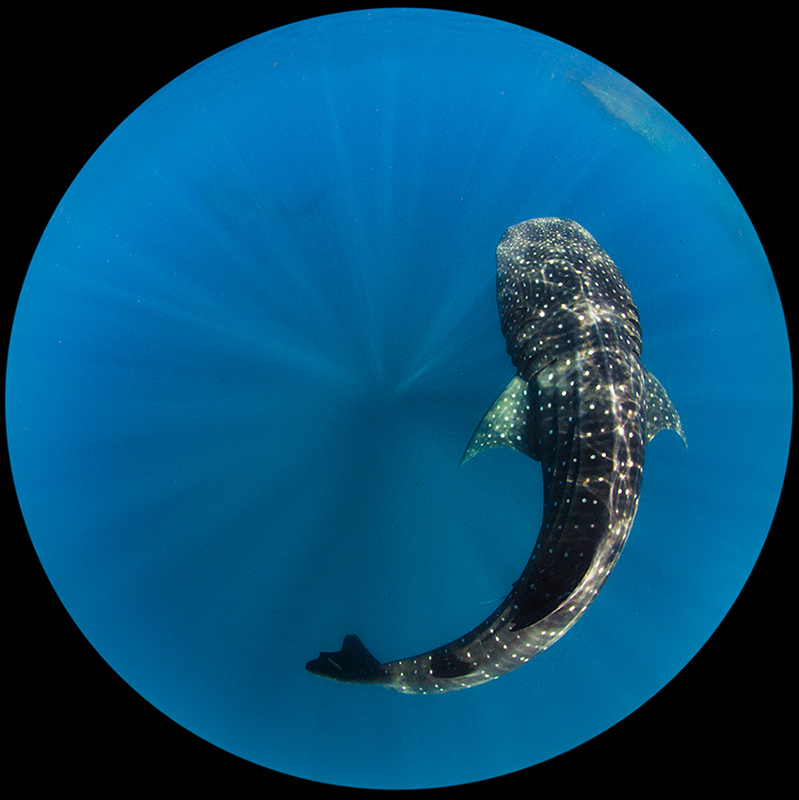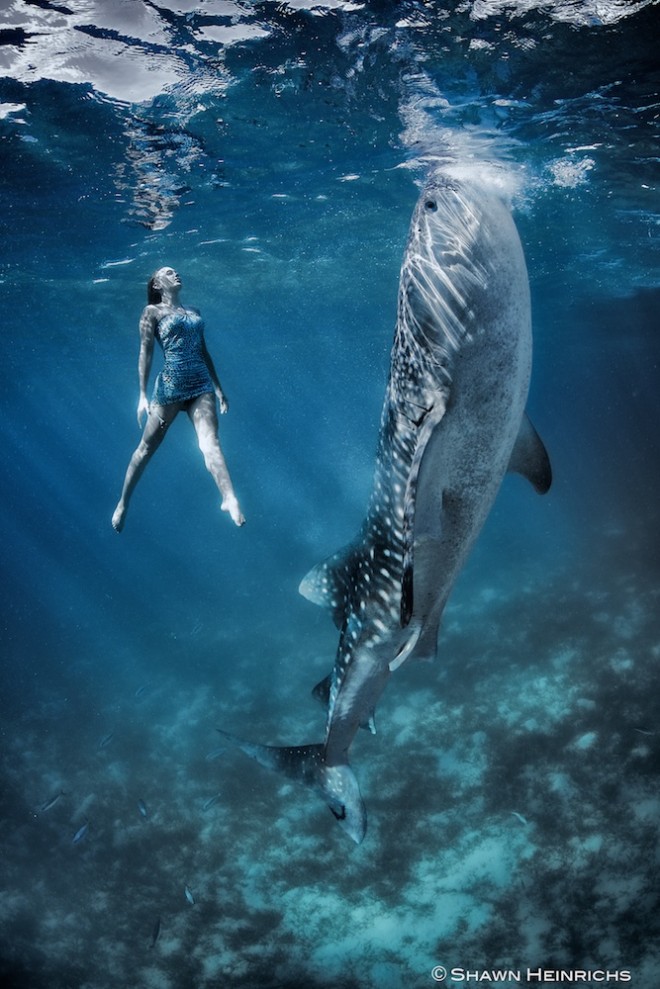from Pietsch 2005 (Journal of Ichthyological Research)
Right-click or Command+click to download
Music in this show:
1. Destiny’s Child, “Girl”
2. Zap Mama, “Son subano”
3. Spanglish Fly, “Let my people bugalú” (Clay Holley and Jeff Dynamite remix)
— — — — —
Love is delicious.
And it comes in three flavors: Friendship, Romance, and Family.
Friendship:
Vampire bats share blood meals with friends.
Vampire bats eat blood and only blood. But some nights, a vampire bat has bum luck, hunts for blood, and fails. This is a big deal, because a vampire bat can go without food for only about two days before it starves to death. So it begs.
It asks other bats in the roost to share the blood they ate. If the hungry bat is a good friend–in other words, if the bat is known to be generous; if it shares its own meals when other bats in the roost have come home hungry, reduced to begging; then it gets a favor. A friend reciprocates by regurgitating its own dinner into the hungry bat’s mouth.
from Wilkinson 1990 (Scientific American)
(Click the pic to view a larger version)
These bats live by the familiar philosophy: You scratch my back, I’ll vomit blood into your mouth.
Meanwhile, in the deep sea…
Romance:
A male anglerfish shows his desire for a lady by sinking his teeth in her body. The male is teeny tiny, and he lives in a vast, deep, dark ocean. It’s rare for anyone in the ocean to meet anyone at all, because the ocean is so big, and the anglerfish is so, so small.
His loneliness, the emptiness–it’s intolerable. So the tiny anglerfish uses giant nostrils to smell for ladies in the murky darkness. If he finds one, he bites her. Hard. And he does not let go.
Above: from Pietsch 1976 (Copeia)
Below: from Pietsch 2005 (Journal of Ichthyological Research)
The male becomes a permanent fixture on the female fish. Their bodies literally fuse together, and the couple becomes a single body for the rest of their lives. From then on, any food the female hunts, she shares, because all nutrients flow to both of them by their connected bloodstream.
Family:
The love between parent and child often involves poop.
A mother gives the gift of poop to her baby elephant. Mom’s feces make a healthy snack, actually, for the baby. It’s not the poop the baby is eating, really–it’s the microbes in the poop.
The baby is born without any microbes in its belly at all, which is a problem. Microbes are essential to eat and digest grass. But a wise, wonderful elephant mother has a developed digestive system, microbes included. And through poop, parents pass important microbes from generation to generation. In this way, little elephant babies can eat grass, grow…make friends, find romance, and feed poop to their own babies.
from van Geel et al. 2011 (Quaternary Science Reviews)
Love is disgusting.
— — — — —
This show was a contender in the Third Coast 2013 ShortDocs Challenge. Click here to hear more submissions from all over the world.
And talented wonderwoman Olivia Walch created a comic based on the puking bats you heard about here!
from Olivia’s Methods comic series





























